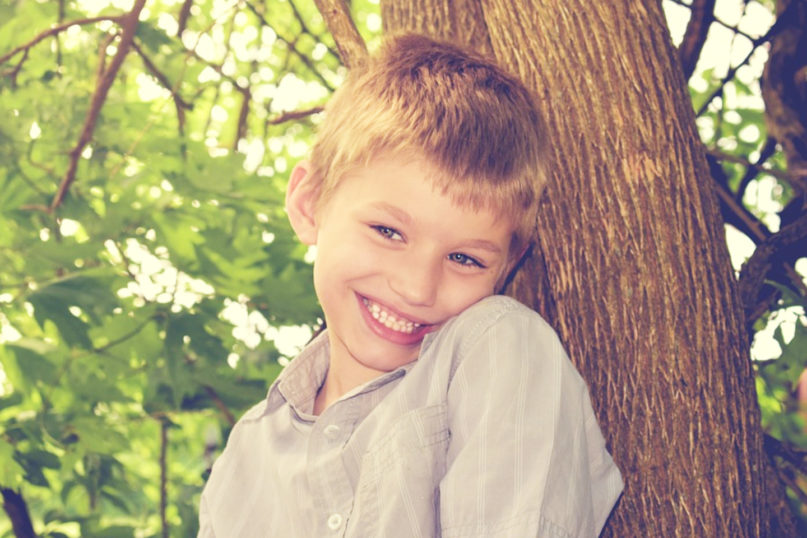
Symptoms of autism typically appears during the first three years of life. Some children show signs from birth.
Autism is a complex neurobehavioral condition that includes impairments in social interaction and developmental language and communication skills combined with rigid, repetitive behaviors. Because of the range of symptoms, this condition is now called autism spectrum disorder (ASD). It covers a large spectrum of symptoms, skills, and levels of impairment. ASD ranges in severity from a handicap that somewhat limits an otherwise normal life to a devastating disability that may require institutional care.
Children with autism have trouble communicating. They have trouble understanding what other people think and feel. This makes it very hard for them to express themselves either with words or through gestures, facial expressions, and touch.
A child with ASD who is very sensitive may be greatly troubled — sometimes even pained — by sounds, touches, smells, or sights that seem normal to others.
Children who are autistic may have repetitive, stereotyped body movements such as rocking, pacing, or hand flapping. They may have unusual responses to people, attachments to objects, resistance to change in their routines, or aggressive or self-injurious behavior. At times they may seem not to notice people, objects, or activities in their surroundings. Some children with autism may also develop seizures. And in some cases, those seizures may not occur until adolescence.
Some people with autism is cognitively impaired to a degree. In contrast to more typical cognitive impairment, which is characterized by relatively even delays in all areas of development, people with autism show uneven skill development. They may have problems in certain areas, especially the ability to communicate and relate to others. But they may have unusually developed skills in other areas, such as drawing, creating music, solving math problems, or memorizing facts. For this reason, they may test higher — perhaps even in the average or above-average range — on nonverbal intelligence tests.
Symptoms of autism typically appears during the first three years of life. Some children show signs from birth. Others seem to develop normally at first, only to slip suddenly into symptoms when they are 18 to 36 months old. However, it is now recognized that some individuals may not show symptoms of a communication disorder until demands of the environment exceed their capabilities. Autism is four times more common in boys than in girls. It knows no racial, ethnic, or social boundaries. Family income, lifestyle, or educational levels do not affect a child’s chance of being autistic.
What Causes Autism?
Because autism runs in families, most researchers think that certain combinations of genes may predispose a child to autism. But there are risk factors that increase the chance of having a child with autism.

Advanced age of the mother or the father increases the chance of an autistic child.
When a pregnant woman is exposed to certain drugs or chemicals, her child is more likely to be autistic. These risk factors include the use of alcohol, maternal metabolic conditions such as diabetes and obesity, and the use of antiseizure drugs during pregnancy. In some cases, autism has been linked to untreated phenylketonuria (called PKU, an inborn metabolic disorder caused by the absence of an enzyme) and rubella (German measles).
Although sometimes cited as a cause of autism, there is no evidence that vaccinations cause autism.
Source: Psychology Today.





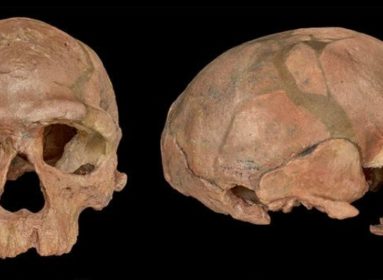







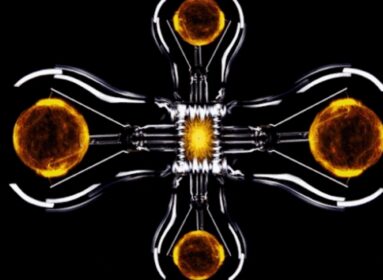
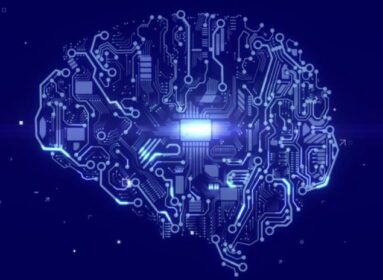
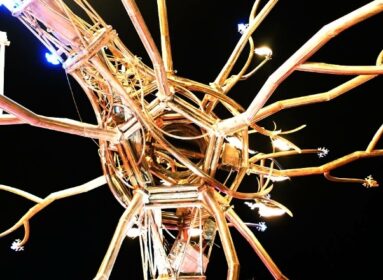



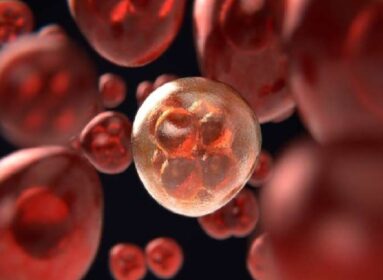
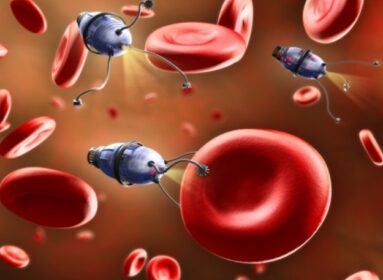
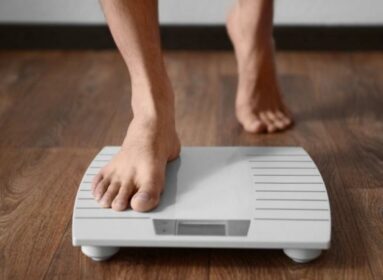


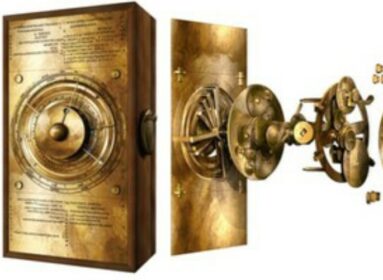


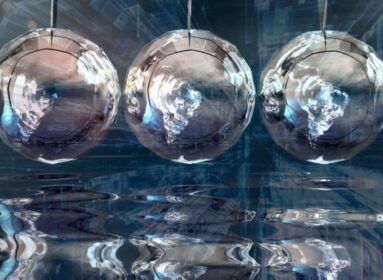





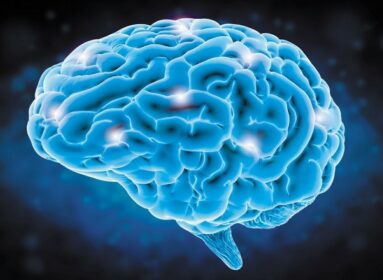
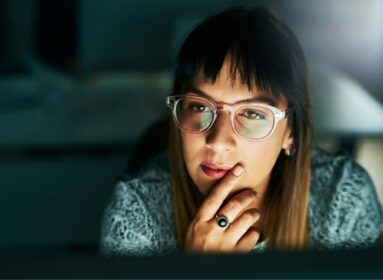




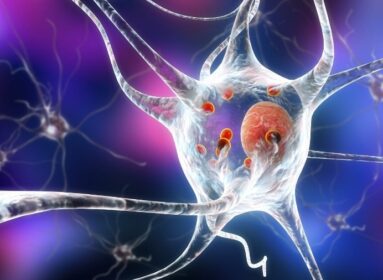
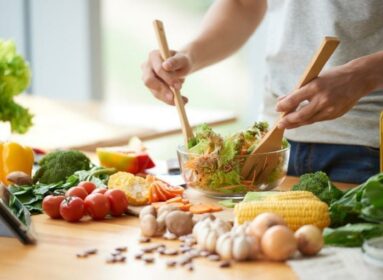

























Comments are closed.